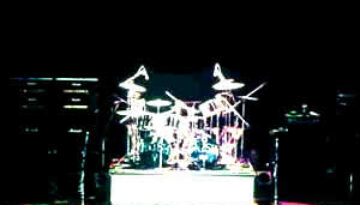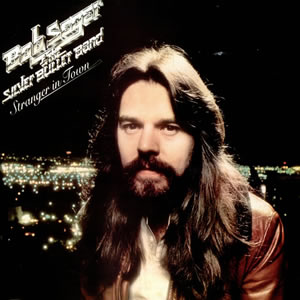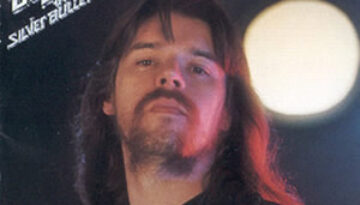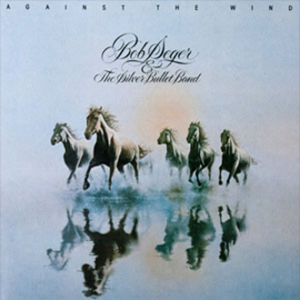Top 9 Rock Festivals
This week Classic Rock Review joins the celebration of the 45th Anniversary of the historic 1969 Woodstock Music Festival. In conjunction with Top 9 Lists, we present a list of the Top 9 […]

This week Classic Rock Review joins the celebration of the 45th Anniversary of the historic 1969 Woodstock Music Festival. In conjunction with Top 9 Lists, we present a list of the Top 9 […]

We pretty much cover studio albums exclusively at Classic Rock Review and will continue to do so with the exception of the few studio/live hybrids that we explore later in this article. […]

Buy Stranger in Town Bob Seger released his tenth overall album, Stranger In Town, in 1978. It follows the major commercial breakthrough of Night Moves, and expands the practice of using two groups […]

Buy Night Moves Although this album was his first real breakthrough, Night Moves is actually the ninth overall studio album by Bob Seger. Starting off in his home Detroit area, his career dated […]

Buy Against the Wind In early 1980, Bob Seger completed his trifecta of commercial smash hit albums with the release of Against the Wind. It was his eleventh overall studio album, the fourth […]